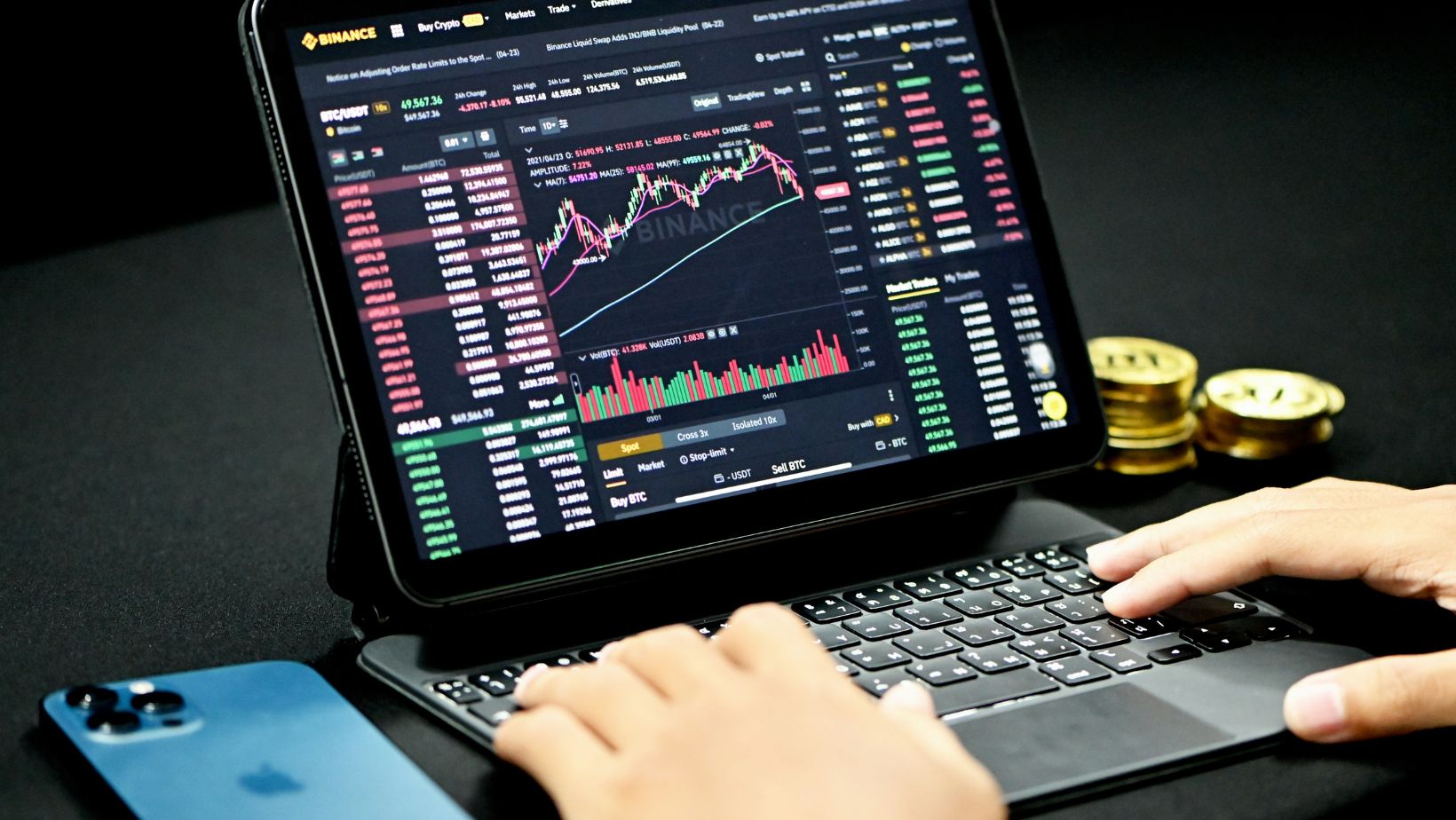
Crafting a trading strategy is essential for keeping up with the market’s volatility. It helps build trading discipline and enhances objective decision-making while mitigating risks. However, creating a trading strategy can be difficult, especially for beginners, because they must update their market knowledge, consider the risk-reward ratio, and navigate their emotions in times of uncertainty.
That’s why novice traders adopt copy trading along with strategies like news trading or day trading. Even professional traders leverage copy trading for diversification, as it helps them benefit from price fluctuations in certain assets. The strategy allows copying other users’ trades, mostly experienced, by duplicating them in your portfolio.
While copy trading offers numerous benefits, it also comes with risks, so let’s see if it’s the right strategy for you.
How Does Copy Trading Work?
You can mirror professional traders’ trades when they execute them. These individuals are also referred to as lead traders, while you will be a copy trader who can choose an appropriate investment amount based on their resources and use it to follow the trades of the lead.
The exchange of broker platforms provides these technologies and tools that connect leads and copies. Based on each service’s terms and conditions, beginners can check out master traders and analyze their performance to see if it matches their goals. After depositing funds to the portfolio, you’ll notice that every time the master opens a trade, the platform automatically mirrors it to your account, whether it focuses on Forex, stocks, or cryptocurrencies.
Does Copy Trading Really Work?
In most cases, copy trading provides lucrative investments. For example, it works when beginners try to get used to the market, as it’s easy to adopt. It also helps them diversify their portfolios without constantly adapting theirs based on market conditions. Copy trading is efficient in the long term, especially if the master trader has been on the market for many years.
However, you should be wary of market risks, especially price shifts triggered by negative news or certain events in the trading space that can throw the market off the tracks. Another challenging aspect is liquidity, which impacts how easy an asset is to sell. Some assets are more liquid than others, and the master might take the risk of trading illiquid ones, but this might not be as beneficial for you.
Is Copy Trading And Social Trading The Same Thing?
While copy trading means literally copying professional traders’ strategies, social trading includes using social networking, where traders of all levels share their experiences and ideas. In most cases, beginners look up to skilled investors and influencers (also known as financial influencers or finfluencers) because they can communicate with them on social media.
In a way, social trading is similar to copy trading. The difference is that beginners engage with professionals and choose to copy their trades based on more than portfolio performance. This implies social following or crowd trading, so it is a hybrid strategy. Social trading is a great networking tool for novice traders, but be wary of who you follow on social media, as not all traders are as knowledgeable as they seem.
What Other Trading Techniques Should Beginners Approach?
While copy trading is accessible, gaining experience as a trader involves getting out of your comfort zone and changing your strategy from time to time. However, since you’re still a novice, you can play it safe with the proper strategies, such as:
- Scalping means placing short-term trades to benefit from small price changes;
- Breakout trading means going long after a market breakout;
- Reversal trading means trading against the current trends;
What Impacts The Trading Market?
Timing is vital in trading, as you’ll need to learn when to enter or exit the market. Most tradable assets are affected by similar situations, so it would be ideal to stay updated on the news to act accordingly because this is what can affect market prices:
- The overseas market or economies: negative outlooks on massive companies overseas can spill over into local markets;
- Economic data: interest rates and currency re-evaluations can determine the value of other important coins in circulation;
- Social media and blogs: posts and articles disseminating bullish or bearish trends can impact traders’ decisions and the market as well;
Of course, different types of assets might be influenced by diverse factors. For example, stock trading takes a turn on Friday, when institutional traders liquidate their equities to avoid risk during the weekend. On the other hand, the cryptocurrency market can be affected by the emergence of new technologies in blockchain and artificial intelligence.
Can You Minimize Trading Risks?
Trading exposes you to risks such as volatility, and eliminating them is impossible. However, you can minimize them and lose only as much as you can afford by approaching the proper technique and mindset. For example, if you can determine your risk tolerance based on your comfort level and goals, you will be able to make informed future decisions.
Diversification is also important because it spreads risks across multiple types of assets that are more or less established on the market. For instance, trading with cryptocurrencies requires starting with large-cap coins such as Bitcoin and Ethereum, as they have proven resilient on the market and allocate much fewer resources to small-cap cryptocurrencies.
What’s Your Take On Copy Trading?
Copy trading is a popular trading strategy for beginners who can copy the trades of professionals to mitigate risks and get proper exposure to the market. Those who want to copy trades can use brokers and platforms that automatically copy these trades. A similar strategy is social trading, which implies engaging within a trading community and communicating with advanced traders.




